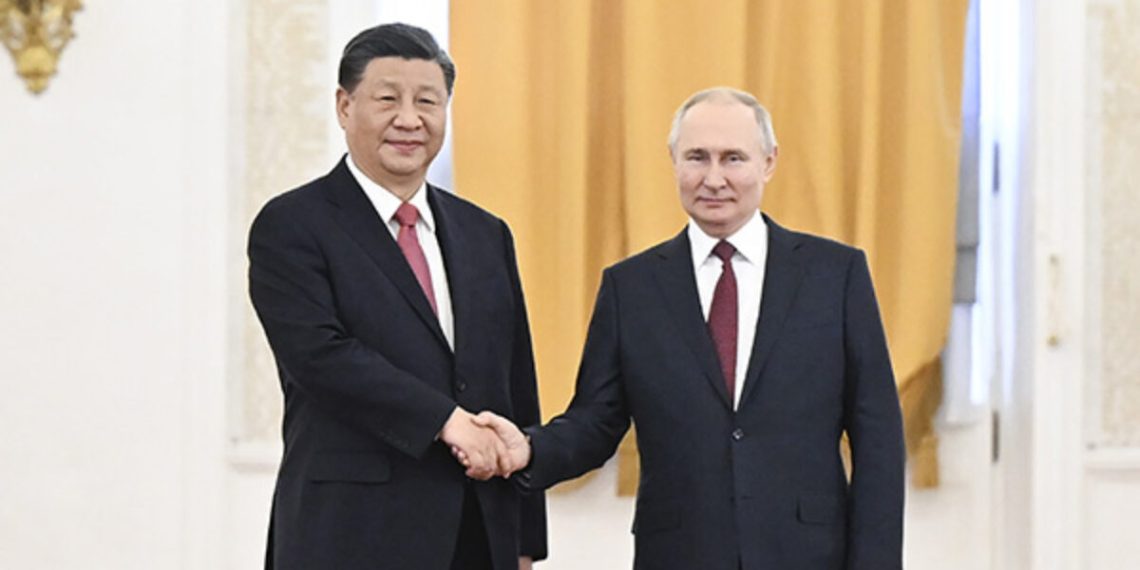Initiative (BRI), once seen as Beijing’s ticket to global dominance, is now faltering under mounting debt, unfinished projects, and growing international skepticism. As countries like Brazil, India, and Sri Lanka withdraw or renegotiate their involvement, the BRI’s failures expose its role in economic entrapment and geopolitical leverage rather than genuine development.
With Trump back in the White House, China’s economy is likely to face even greater strain, further limiting its ability to invest in the BRI and expand its global influence.
A decade after its launch, China’s Belt and Road Initiative (BRI) is faltering. Once hailed as a transformative infrastructure project that would reshape global trade, the BRI has instead been marred by financial instability, unfinished projects, and accusations of debt-trap diplomacy. Countries that once embraced Beijing’s ambitious promises are now stepping back, with Brazil being the latest major economy to reject formal participation, joining India and Italy in distancing themselves from the initiative. As nations struggle with mounting debt and projects that fail to deliver meaningful economic benefits, the BRI’s grand vision is unraveling.
Despite Beijing’s assurances of prosperity, many BRI projects have turned into financial and logistical nightmares. The China-Pakistan Economic Corridor (CPEC) exemplifies these failures—Gwadar Port remains largely non-functional due to corruption, insurgency, and mismanagement.
Key infrastructure, like the Karachi-Lahore Motorway and the ML-1 railway modernization project, has either stalled or become financially unsustainable. Similarly, in Indonesia, the high-speed rail project connecting Jakarta and Bandung has faced repeated delays and ballooning costs. […]
— Read More: www.thegatewaypundit.com


